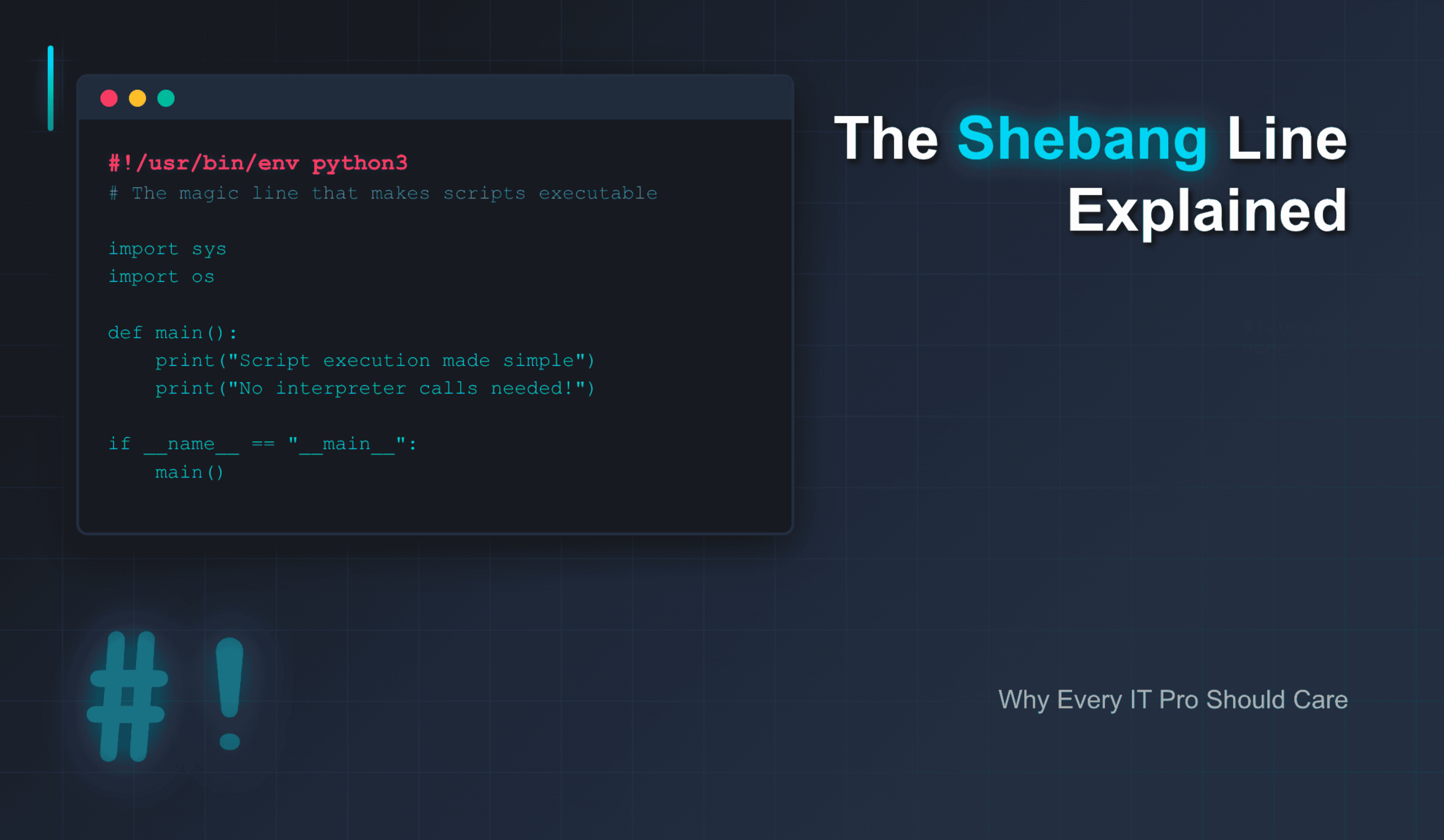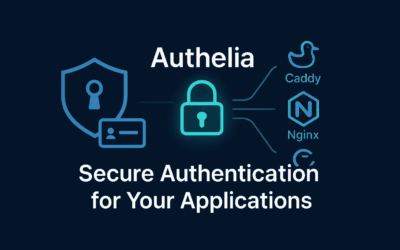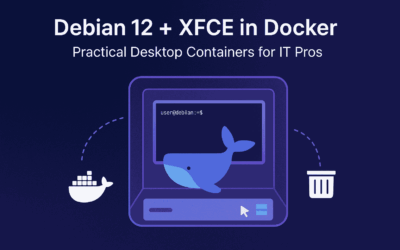What is the Shebang Line?
The shebang line (also called hashbang or sharp-bang) is the character sequence #! followed by the path to an interpreter, placed at the very beginning of executable script files. It tells the system which interpreter to use when executing the script directly.
Interpreter vs Compiler: Why Shebangs Matter
Understanding the difference between interpreters and compilers is crucial to grasping why shebangs exist:
- Interpreters execute code line-by-line at runtime (Python, JavaScript, Ruby, Bash). These languages need a runtime environment to execute, which is exactly what the shebang specifies.
- Compilers translate source code into machine code before execution (C, C++, Go, Rust). Compiled programs become standalone executables that don’t need shebangs because they run directly on the processor.
The Purpose and Importance
The shebang line serves several critical purposes in Unix-like systems (Linux, macOS, BSD):
1. Direct Script Execution
Without a shebang, you’d need to explicitly call the interpreter:
python3 myscript.py
With a shebang, you can execute the script directly:
./myscript.py
2. System Independence
The shebang makes scripts portable across different systems by specifying exactly which interpreter to use, removing ambiguity about execution environment.
3. Automation and Integration
Scripts with proper shebangs can be integrated into system processes, cron jobs, and automation pipelines without requiring wrapper scripts or explicit interpreter calls.
Why IT Professionals Must Understand Shebangs
System Administration
- Service Scripts: Many system services rely on scripts with proper shebangs
- Automation: Cron jobs and scheduled tasks often execute scripts directly
- Package Management: Installation scripts frequently use shebangs for proper execution
DevOps and CI/CD
- Build Scripts: Automated build processes depend on executable scripts
- Deployment Automation: Release scripts must be executable across different environments
- Container Orchestration: Docker and Kubernetes often execute scripts with shebangs
Security Considerations
- Privilege Escalation: Incorrect shebang paths can lead to security vulnerabilities
- Environment Control: Shebangs help ensure scripts run in controlled environments
- Audit Trails: Proper interpreter specification aids in security auditing
Cross-Platform Compatibility
- Environment Differences: Different systems may have interpreters in different locations
- Version Management: Shebangs can specify particular interpreter versions
- Team Collaboration: Ensures consistent script execution across team members’ machines
Common Shebang Examples
#!/bin/bash # Bash shell script #!/bin/sh # POSIX shell script #!/usr/bin/python3 # Python 3 script #!/usr/bin/env python3 # Python 3 (searches PATH) #!/usr/bin/perl # Perl script #!/usr/bin/node # Node.js script #!/usr/bin/ruby # Ruby script #!/usr/bin/php # PHP script #!/usr/bin/env lua # Lua script #!/usr/bin/awk -f # AWK script
Invalid Shebangs (Compiled Languages)
These languages cannot use shebangs because they require compilation before execution:
#!/usr/bin/gcc # ❌ C compiler (not interpreter) #!/usr/bin/g++ # ❌ C++ compiler (not interpreter) #!/usr/bin/javac # ❌ Java compiler (not interpreter) #!/usr/bin/go # ❌ Go compiler (not interpreter) #!/usr/bin/rustc # ❌ Rust compiler (not interpreter) #!/usr/bin/clang # ❌ C/C++ compiler (not interpreter)
Note: Java is a special case – while javac compiles Java source code, you could theoretically use #!/usr/bin/env java for pre-compiled .class files, though this is rarely practical.
The env Command Advantage
Using /usr/bin/env is often preferred because it searches the system’s PATH for the interpreter:
#!/usr/bin/env python3
This approach is more portable because:
- It works regardless of where Python is installed
- It respects virtual environments
- It adapts to different system configurations
Practical Python Example: Number Addition Script
Here’s a practical Python script that demonstrates proper shebang usage:
#!/usr/bin/env python3
"""
Script to add two or more numbers passed as command-line arguments.
Usage: ./add_numbers.py num1 num2 [num3 ...]
"""
import sys
def add_numbers(numbers):
"""Add a list of numbers and return the sum."""
try:
return sum(float(num) for num in numbers)
except ValueError as e:
print(f"Error: Invalid number format - {e}")
sys.exit(1)
def main():
# Check if at least two arguments are provided
if len(sys.argv) < 3:
print("Usage: ./add_numbers.py num1 num2 [num3 ...]")
print("Example: ./add_numbers.py 10 20 30")
sys.exit(1)
# Get numbers from command line arguments (skip script name)
numbers = sys.argv[1:]
# Calculate and display result
result = add_numbers(numbers)
print(f"Sum of {', '.join(numbers)} = {result}")
if __name__ == "__main__":
main()
Making the Script Executable
To use this script with its shebang:
bash
# Make the script executable chmod +x add_numbers.py # Run the script directly ./add_numbers.py 10 20 30 # Output: Sum of 10, 20, 30 = 60.0 ./add_numbers.py 5.5 2.3 1.2 # Output: Sum of 5.5, 2.3, 1.2 = 9.0
Best Practices for IT Professionals
1. Always Use Shebangs in Production Scripts
Every script intended for direct execution should have a proper shebang line.
2. Prefer env for Portability
Use #!/usr/bin/env interpreter when possible for better cross-system compatibility.
3. Document Interpreter Requirements
Include comments about required interpreter versions or dependencies.
4. Test Across Environments
Verify that scripts work correctly in different environments and with different interpreter versions.
5. Consider Security Implications
Be cautious about using shebangs in scripts that run with elevated privileges.
Troubleshooting Common Issues
“Command not found” Errors
- Check if the interpreter path in the shebang exists
- Verify the script has execute permissions
- Ensure the interpreter is installed
“Bad interpreter” Errors
- Verify the shebang path is correct
- Check for invisible characters or formatting issues
- Ensure the interpreter exists at the specified location
Permission Denied
- Make the script executable:
chmod +x script.py - Check file system permissions
- Verify you have execution rights in the directory
Final Thoughts
Understanding the shebang line is essential for IT professionals working in Unix-like environments. It enables direct script execution, improves portability, and is crucial for automation and system administration tasks. By properly implementing shebangs in your scripts, you ensure reliable, portable, and maintainable code that integrates seamlessly with system processes and automation workflows.
Whether you’re writing deployment scripts, system utilities, or automated tools, the shebang line is a fundamental component that every IT professional should master.




